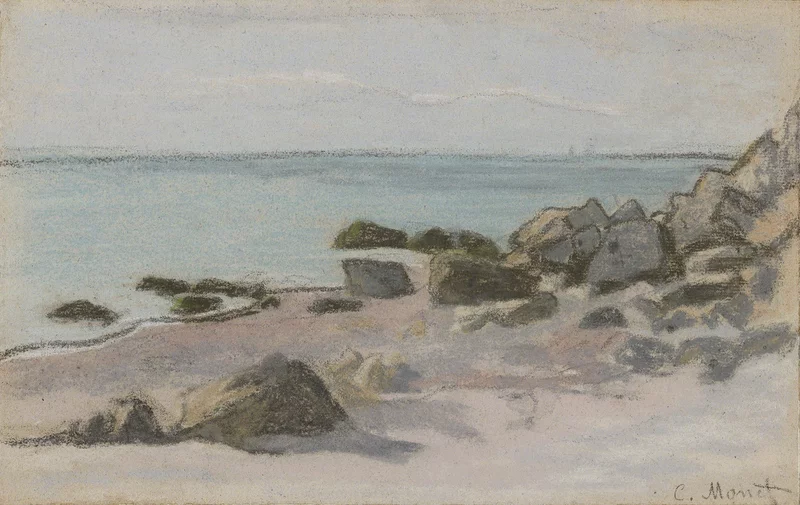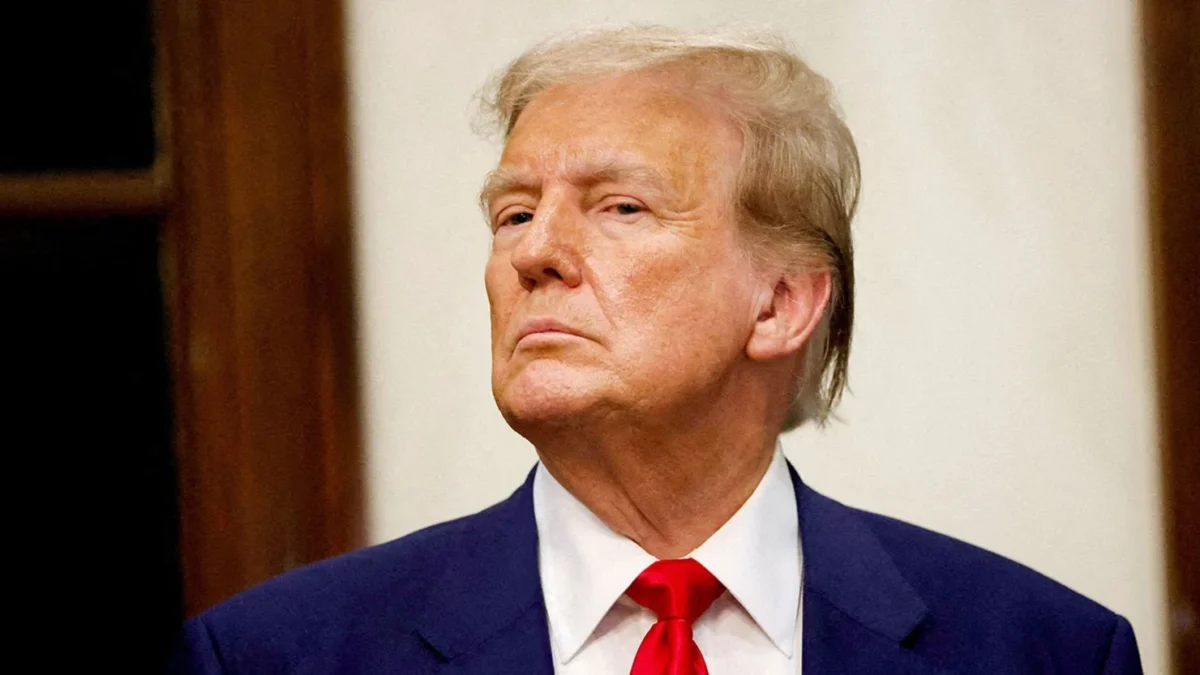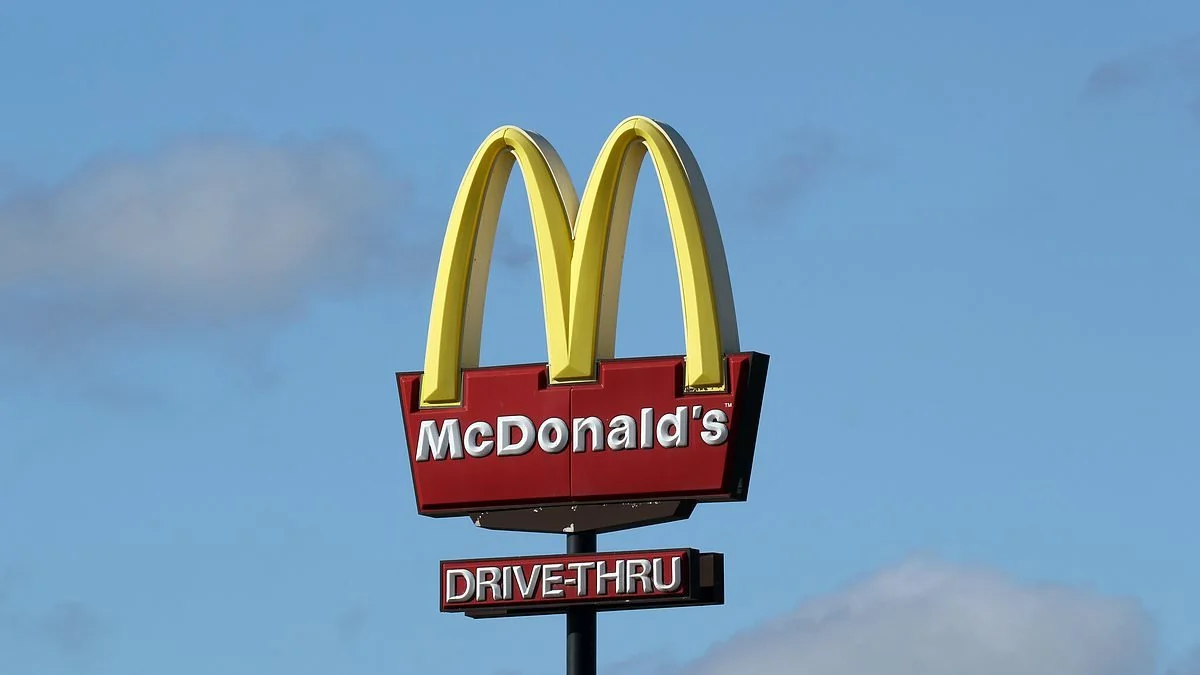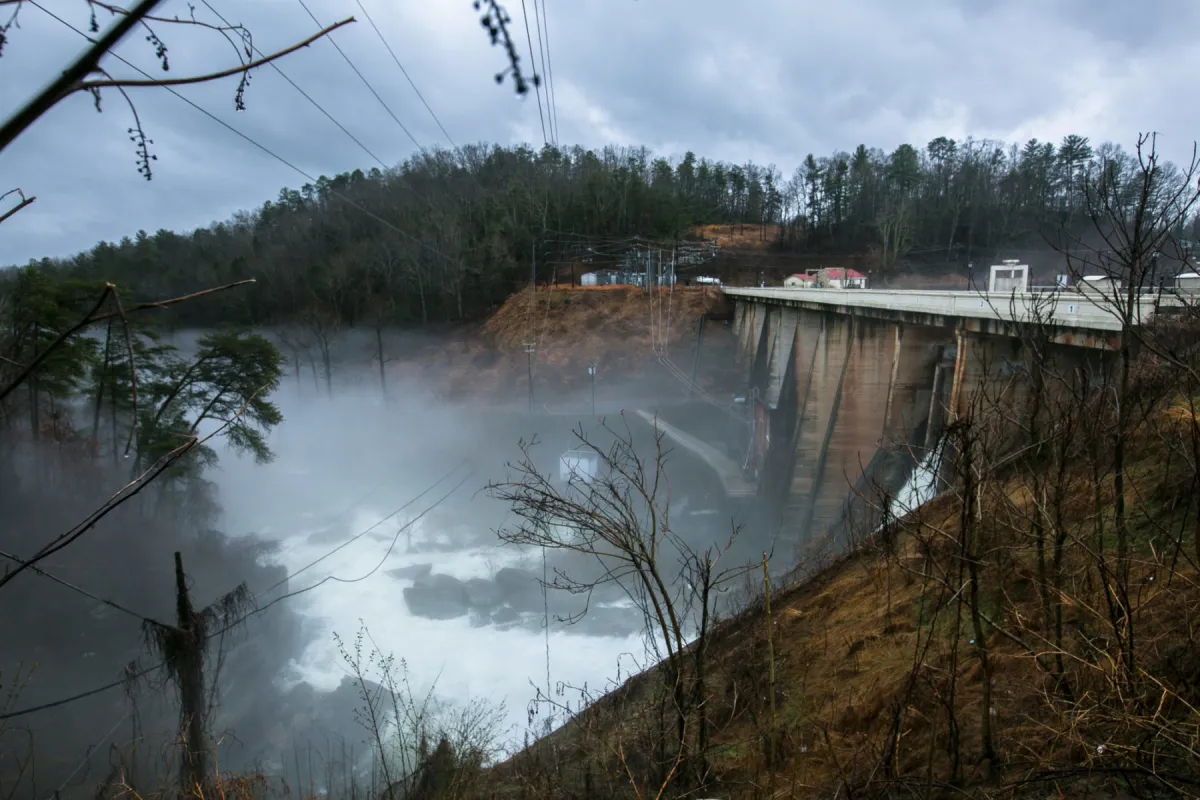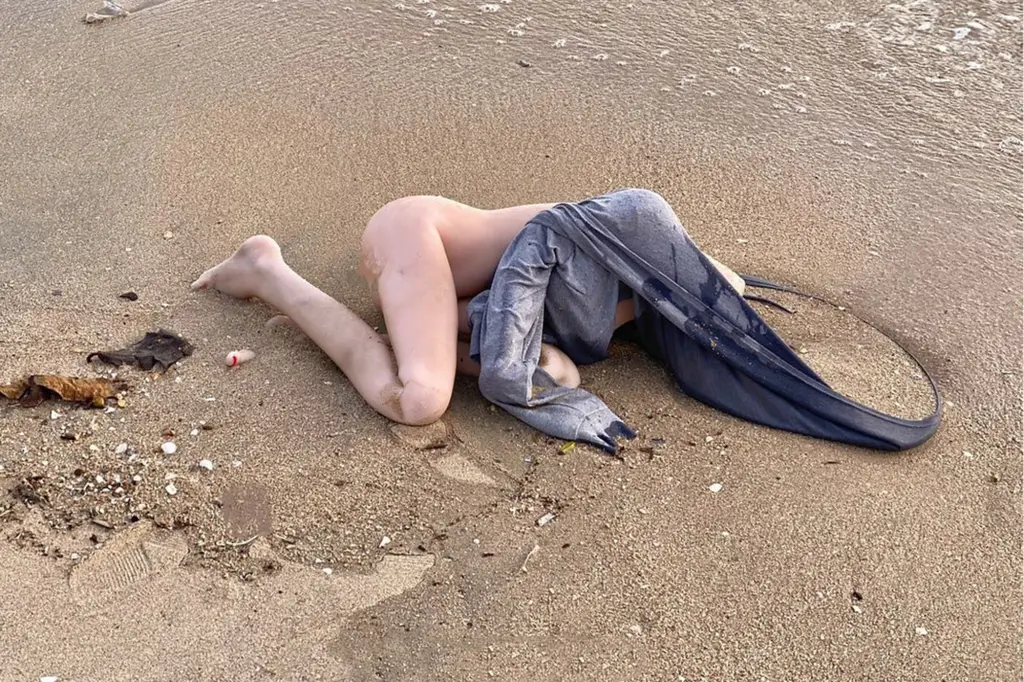The 2024 Great Escape: Desperate Dash for a New Life at Morocco’s Border
In northern Morocco, a tense and desperate migration drama, the great escape, unfolds as hopeful migrants clash with security forces at the border, ignited by social media activism.

As the sun rises over the rugged terrain of northern Morocco, casting long shadows across the hills of Fnideq, a tense drama unfolds. Dozens of migrants, their eyes fixed on the towering fence that separates them from their dreams of a new life in Europe, prepare for a desperate gambit. This is not just another day at the border – it’s a high-stakes game of cat and mouse that has been playing out for years, with lives and futures hanging in the balance.
Keywords: illegal migration, border security, EU-Africa relations, Ceuta and Melilla, social media activism
The Great Escape: A Social Media-Fueled Migration Attempt
In an age where revolutions are tweeted and protests are live-streamed, it should come as no surprise that even mass migration attempts now have their roots in the digital realm. On a recent Sunday, Moroccan authorities found themselves racing against time and technology as they worked to thwart a border crossing attempt orchestrated through social media.
The scene that unfolded was both chaotic and poignant. Atop a hill in Fnideq, with the Spanish enclave of Ceuta tantalizingly close, dozens of migrants gathered. Their weapons? Not guns or explosives, but something far more mundane yet equally potent in this context – stones. As they hurled these makeshift projectiles at Moroccan security forces, the air crackled with tension and unfulfilled dreams.
Ceuta and Melilla: Europe’s African Frontier
To understand the significance of this event, we need to zoom out and look at the bigger picture. Ceuta and Melilla, Spain’s two enclaves on Morocco’s Mediterranean coast, represent something unique in the geopolitical landscape – they are the only land borders between the European Union and Africa.
Imagine, for a moment, the psychological impact of these enclaves on those seeking a better life. Here, the divide between the “developing” and “developed” worlds is not an abstract concept but a physical reality – a fence that can be seen, touched, and potentially crossed. It’s no wonder that these tiny pieces of European soil on African land have become flashpoints in the ongoing global migration crisis.
The Human Face of Migration
While it’s easy to get lost in statistics and policy debates, we must remember that at the heart of this issue are real people with real stories. Mohammed Ben Aissa, a local human rights activist, paints a vivid picture of the scene:
“This is the heaviest security deployment ever in Fnideq,” he notes, describing how authorities have set up multiple checkpoints on roads leading to northern Morocco. It’s a preemptive strike against hope, an attempt to stop dreams in their tracks before they can even reach the border.
Keywords: illegal migration, border security, EU-Africa relations, Ceuta and Melilla, social media activismBut who are these dreamers? According to Zakaria Razzouki, another rights activist in Fnideq, they are primarily Moroccan youths, along with a smaller number from sub-Saharan Africa. Many arrive on foot, seeking refuge in nearby forests as they strategize their next move. It’s a stark reminder of the lengths to which people will go for a chance at a better life.
The Cat-and-Mouse Game: Security Forces vs. Migrants
As migrants plan their crossing attempts, Moroccan security forces engage in a constant battle to maintain control. Their tactics are varied:
- Heavy deployment in border areas
- Setting up checkpoints to intercept migrants before they reach the border
- Patrolling beaches to prevent swimmers from reaching Ceuta
- Monitoring social media to preempt organized crossing attempts
In fact, in the week leading up to the recent incident, authorities arrested at least 60 people for using social media to incite a mass crossing. It’s a 21st-century approach to an age-old problem, highlighting how technology is reshaping even the most fundamental human struggles.
The Bigger Picture: Morocco-Spain Relations and EU Migration Policy
This ongoing crisis at the border is not occurring in isolation. It’s deeply connected to broader geopolitical considerations, particularly the relationship between Morocco and Spain. The two countries have experienced their share of diplomatic tensions, but in 2022, they reconciled a prior feud and reinforced their collaboration on illegal migration.
The results of this collaboration are striking. In the first eight months of this year alone, Morocco stopped 45,015 people from illegally migrating to Europe. This figure represents not just statistics but thousands of individual stories filled with hope, desperation, and ultimately, disappointment.
When the Mist Rolls In: Nature’s Role in the Migration Drama
Sometimes, nature itself plays a role in this ongoing drama. Last month, hundreds of migrants seized an opportunity provided by a thick fog, using the cover of low visibility to swim to Ceuta. It’s a reminder that in this high-stakes game, every factor – from weather conditions to social media trends – can tip the balance.
The Atlantic Alternative: A Deadly Gambit
As surveillance tightens along Morocco’s northern borders, migrants are increasingly turning to a more treacherous route – the Atlantic path to the Canary Islands. It’s longer, riskier, and potentially deadly, but for many, it represents their last hope of reaching European soil.
This shift in migration patterns highlights a crucial point: the issue of illegal migration cannot be resolved simply by reinforcing one border. Like water seeping through cracks, human desperation will always seek out new routes.
The Road Ahead: Balancing Security, Humanity, and Hope
As we look to the future, the challenges at the Morocco-Spain border show no signs of letting up. The forces driving migration – poverty, conflict, climate change, and the allure of a better life – remain as strong as ever.
For policymakers, the task ahead is daunting: how to balance national security concerns with humanitarian obligations? For the migrants, the calculation is simpler but no less profound: is the risk worth the potential reward?
As the sun sets over Fnideq, casting long shadows across the border fence, one thing is clear: this is not just a story about borders and policies. It’s a tale of human aspiration, of the lengths people will go to for a chance at a better life, and of the complex, often heartbreaking realities of our interconnected world.
The fence between Morocco and Ceuta stands as a physical manifestation of one of the great challenges of our time. On one side, dreams of a new beginning. On the other, the complex realities of a world still grappling with how to manage the movement of people in an age of stark global inequalities. As night falls, both the migrants and the border guards prepare for another day in this ongoing saga – a day that, for some, could mean the difference between a life transformed and a dream deferred.




